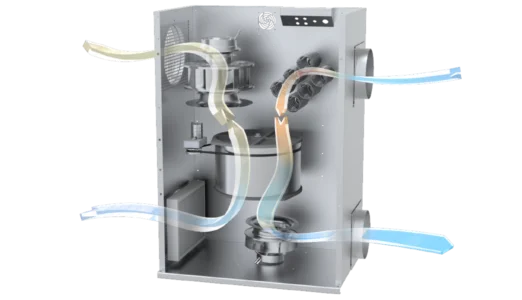Industrial Dehumidifiers
Reinders Industrial has been the leading supplier of industrial dehumidifiers since 1910. We offer the most effective and advanced solutions for adsorption, condensation, and hybrid dehumidification available today.
Our professional dehumidifiers are suitable for all drying applications and operate cleanly and reliably in various processes. We are happy to advise you on industrial dehumidifiers and help determine which solution is most suitable for your specific needs.
View Industrial Dehumidifiers Get in contact











